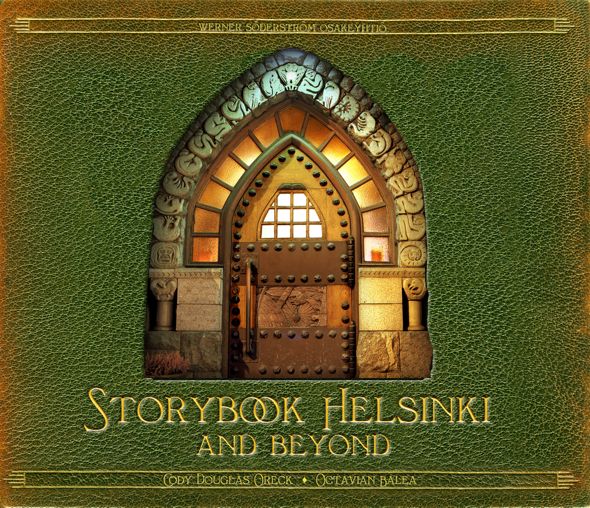Stories in stone
9 November 2012 | This 'n' that
 Birds and bees, frogs, squirrels, water lilies, thistles, ferns, junipers, bears and even gnomes originating in Finnish nature appear, in abundance, in Finnish architecture of the two decades around the turn of the 20th century.
Birds and bees, frogs, squirrels, water lilies, thistles, ferns, junipers, bears and even gnomes originating in Finnish nature appear, in abundance, in Finnish architecture of the two decades around the turn of the 20th century.
The trend that developed out of the Arts and Crafts Movement in Great Britain and in the United States, known as l’art nouveau in France and Jugendstil in Germany, lived a short but extremely fervent life in Finland, which adopted the term jugend.
In Finland this aesthetic movement is also called national romanticism. In 1899 the pan-Slavic movement arising in Russia took the form of attempts to suppress Finland’s burgeoning national identity in Finland, and in resisting this, artists made extensive use of national romantic material in their work.
Tutta and Christian Runeberg note in their classic book Jugend (1975; a new interest in the almost forgotten jugend was revived in 1970s Finland) that by the end of the 19th century in Europe historicism and revivalism had resulted in stuffy and tired repetition and that industrial mass production threatened the work of artisans, so creative people began to actively resist this ‘western yawn’.
Artists and artisans were also inspired by the results of the opening of Japan to the western world; jugend applies the Japanese concept of form originating from the innermost idea.
A new, lavish book on Finnish jugend was launched on 5 November at the Embassy of the United States in Helsinki. Ambassador Bruce J. Oreck and Mrs Cody Douglas Oreck arrived in the city in 2009, and soon she found herself falling in love with the architecture of the buildings she saw here and there. To her surprise, no books on jugend were available.
After a chance meeting with a young Romanian photographer, Octavian Balea, living in Finland, Douglas Oreck – herself a designer – decided to compile one herself.
According to Cody Oreck, Finnish jugend has a story to tell: the Kalevala mythology, the growing awareness of a national identity and the significance of nature in Finnish culture are all inherent in the idea, forms and details of the buildings. Octavian Balea has chosen to take all his photographs on film with cameras dating from the early 20th century to the present time.
Storybook Helsinki and Beyond (WSOY) contains nearly 300 photographs. It was created for foreign travellers sharing a similar interest in Finnish jugend architecture, but as there are no recent works on it available, it will remind again Finns, too, of the rich, surprising, highly original and even humorous style that blossomed for a short period, before functionalism – first in the form of art deco – set in, and frogs and gnomes disappeared from façades.
Tags: architecture, art, Helsinki, literary history, photography
No comments for this entry yet
